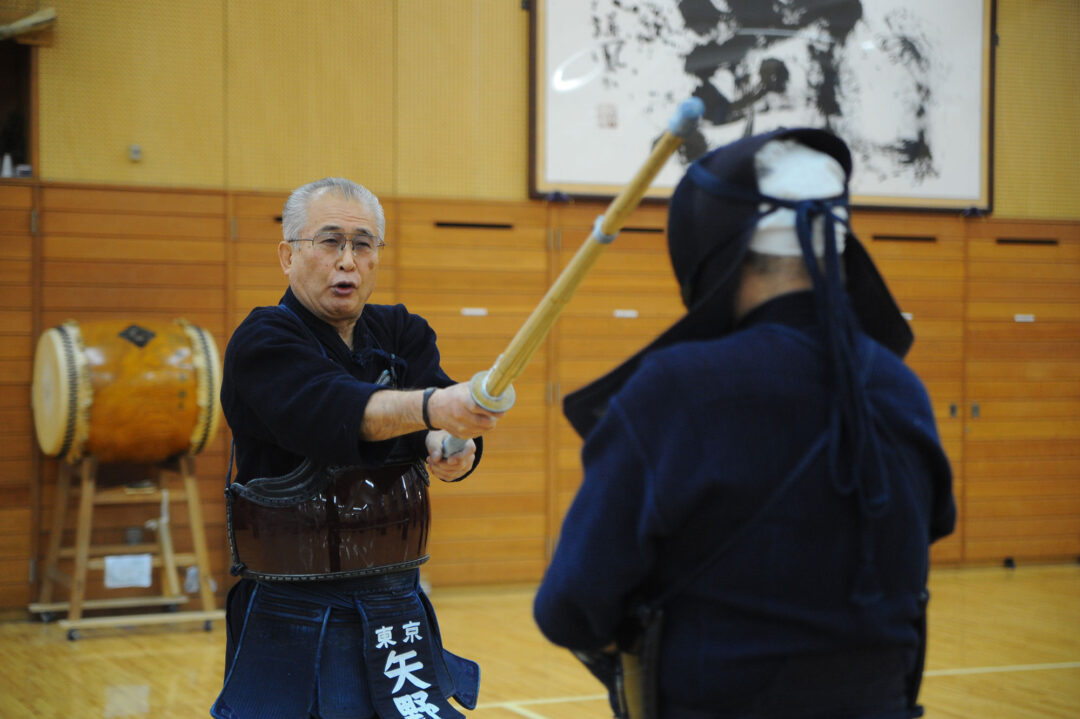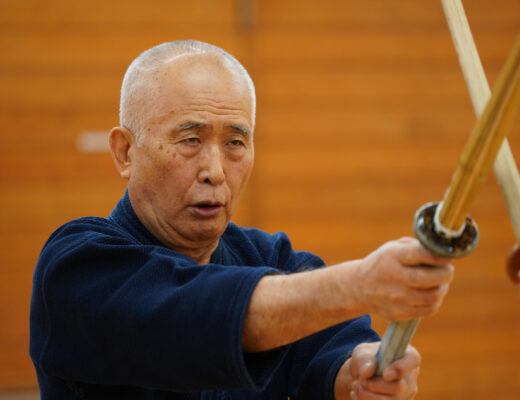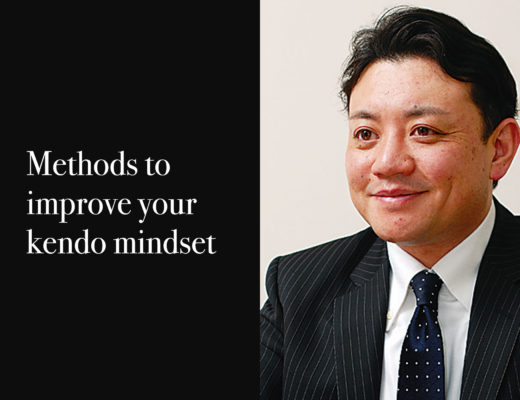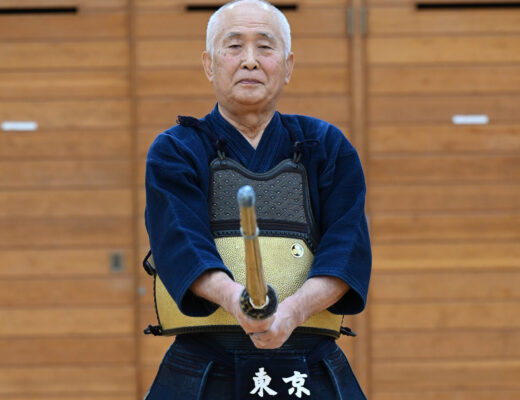KENDOJIDAI 2014.11
Composition: Teraoka Tomoyuki
Photography: Tokue Masayuki
Translation: Pepijn Boomgaard
Vocalization is a part of all aspects of Kendo, including Seme and striking. Yano Hiroshi Sensei describes what the benefits of Hassei are.
Yano Hiroshi (Hanshi 8th Dan)
Born in Shizuoka Prefecture in 1941. He attended Sagara High School and then enrolled in Kokushikan University, where he worked as a research assistant after graduation. In 1986, he became a professor at the same university and retired in 2011. His notable achievements include 2nd place in the World Kendo Championship, 3rd place in the Meiji Mura Kendo Tournament, 3rd place in the Okinawa Prefectural Budokan Inauguration National Kendo 8th Dan Tournament, and 1st place in the National Teachers’ Kendo Tournament. Currently, he is an honorary professor at Kokushikan University and the head instructor of the Kendo Club.
Hassei cannot be trained through Kendo alone
The main reason to use a loud Hassei is to enrich the Ki in your body. If you don’t have a full Ki, you won’t be able to strike well, and your strikes won’t cut through. When I teach children, I often tell them to shout loudly. This is because vocalization is a part of all aspects of Kendo, including Seme and striking. This in turn extends beyond Kendo, as it also affects your breathing and health. In this sense, Hassei is the most important thing to keep in mind.
I believe that Hassei increases concentration, which is likely connected to striking. I entered Kokushikan University in 1959. I came from Shizuoka and lived in the Kokushikan dormitories. The first thing my seniors taught me was to sing. If my voice was too quiet, they would get angry at me for not being enthusiastic enough. I remember raising my voice and singing many songs. At the time, I didn’t see any connection between singing and Kendo, and I don’t think the seniors who were teaching us were thinking about it either. However, looking back now, I think that the foundation for using my stomach to shout was laid at that time. These days, many children can’t raise their voice even if you tell them to. This is a sign that they are only focussing on Kendo technique and neglecting Hassei. These children have light strikes, and only become good at “touching” with the Shinai. This is not the true essence of Kendo.
Hassei and enriching your Ki. This also includes important elements of Kendo such as patience and Tame. In other words, Hassei leads to Seme.
Hassei is also connected to breathing. In our generation we were taught that Hassei should come from the stomach. I think that today’s children in particular often have short breaths. When I was working at Kokushikan University, someone recommended me to do Shigin, reciting Chinese poetry. There was a female Shigin teacher in Setagaya and I went to learn from her. Her Shigin was so powerful that I realized that you can only use your voice if you train it.
Because of this experience, I decided to train my own Hassei. My Shigin teacher says that the breathing in Shigin is the same as in Zazen. You take a deep breath in and a small breath out. You have to hold each breath for a long time. My Sensei heard that ordinary people breathe 12-13 times a minute, while monks breathe 3-4 times. I guess this means that by training our breathing, humans can reach that level. I was impressed by this.
When I went to visit a certain Dojo once, they had the students sit in Seiza and shout “Ya” for as long as they could. Then they made them say “Kote! Men! Do!” I think this is something that should be greatly encouraged. As mentioned before, Hassei cannot be trained simply by practicing Kendo. Therefore, I think it makes sense to make students aware of their Hassei before practice, and then have them use it in practice. I think it might be a good idea to try this.
The natural transition from sound to silence
I want to use my voice for as long as I can
The rest of this article is only available for Kendo Jidai International subscribers!





